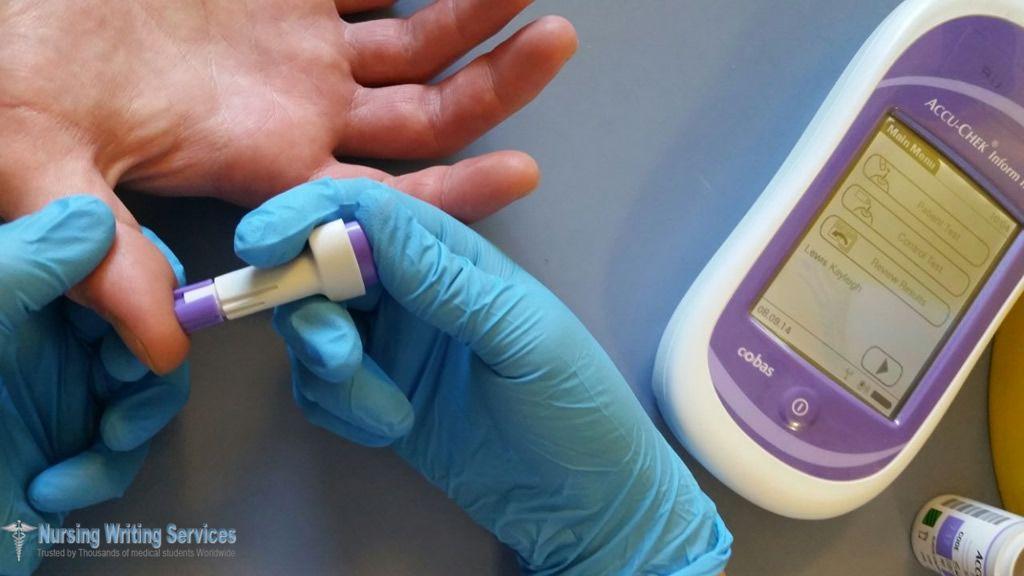
Point-Of-Care Testing
Point of care testing or near-patient –testing is conducting a medical test at or near the site where a patient is receiving care. Professional healthcare professionals perform the analysis. The purpose of point of care testing (POCT) is to collect a specimen for testing and obtaining accurate results in a short period. These tests can even take place at the bedside mostly involving blood and urine testing.
Healthcare professionals accomplish POCT through the use of portable and handheld instruments that are simple to use including:
- Blood glucose meter
- INR meter
- Bench analyzers for blood gas
- Electrolyte
- pH
- Hemoglobin measurements
- Metabolite
Health professionals carry out POCT in various settings. They can apply it in primary, secondary and community care. In any environment, it helps to support the delivery of the appropriate care at the right time and place.
When To Use Point-Of-Care-TestingPOCT becomes a choice when there is a need to make quick clinical decisions. A doctor will order lab testing with the clinical area. Usually, diagnostic laboratories in hospital settings are in remote areas of the hospital away from outpatient and critical care regions. A preferable alternative to various satellite testing areas could be rapid transit systems including the pneumatic tubes especially when the central lab offers a fast results service.
The knowledge of test turnaround time is essential in making an informed decision for POCT testing in satellite areas. The appropriate pathology department takes over the running of a satellite laboratory if the practical option is to use the near-patient-testing equipment. A dedicated POCT coordinator or the head of a hematology laboratory takes the overall responsibility for this service.
It is an essential step for accreditation quality control and safety when the satellite is run by lab staff in busy locations or is under the use of nurses and medical staff during a marginal activity. A designated member of the lab should always supervise POCT, visit each test location every day and ensure that there is an appropriate integration of results together with quality control data into a central lab computer system.
ALSO READ: Best Expert Nursing Writers Online.
Benefits of Using Point-Of-Care Testing
Quick outcomes after a testThe main advantage of near-patient-testing is to promptly and conveniently take a test to a patient. It increases the chance of submitting more rapid results to a physician and care team for them to make a timely diagnosis, treatment, and monitoring. POCT is appropriate in clinical situations when plasma drug concentration is readily available at the time to allow a clinician to make quick decisions on adjusting dosage based on objective data.
Saves CostsThe improvement in clinical outcomes and saving of patient time outweigh the extra cost of performing in-site testing in some settings. There are several methods available for on-site TDM testing if there is a careful evaluation to make sure that their analytical performance fits the configuration to use them.
Allows Quick InterventionPOCT for blood gases has a potential of delivering quick blood gas and critical care test results in the vicinity of a patient. Proper incorporation of POCT in the patient care process will translate to a faster therapeutic, reduce pre-analytical errors and improve patient care.
Challenges of Point-Of-Care Testing
POCT is useful because of its fast nature in producing results but it these limitations.
- Poor quality of analysis, record keeping, and interpretation if there is a failure to adhere to analysis procedures which directly affect patient care.
- Inability to detect the presence of lipaemia in blood cells. It also does not detect hemolysis and icteric in whole blood samples which can impair the reliability of a result.
- Quality of results related directly to the quality of the sample and analytical technique. An incorrect preparation and handling of blood gas sample can result in wrong findings due to room air contamination.
Point-Of-Care testing is helpful in getting accurate test results within a short moment, but it requires careful sampling and handling of the process to generate a reliable outcome.

